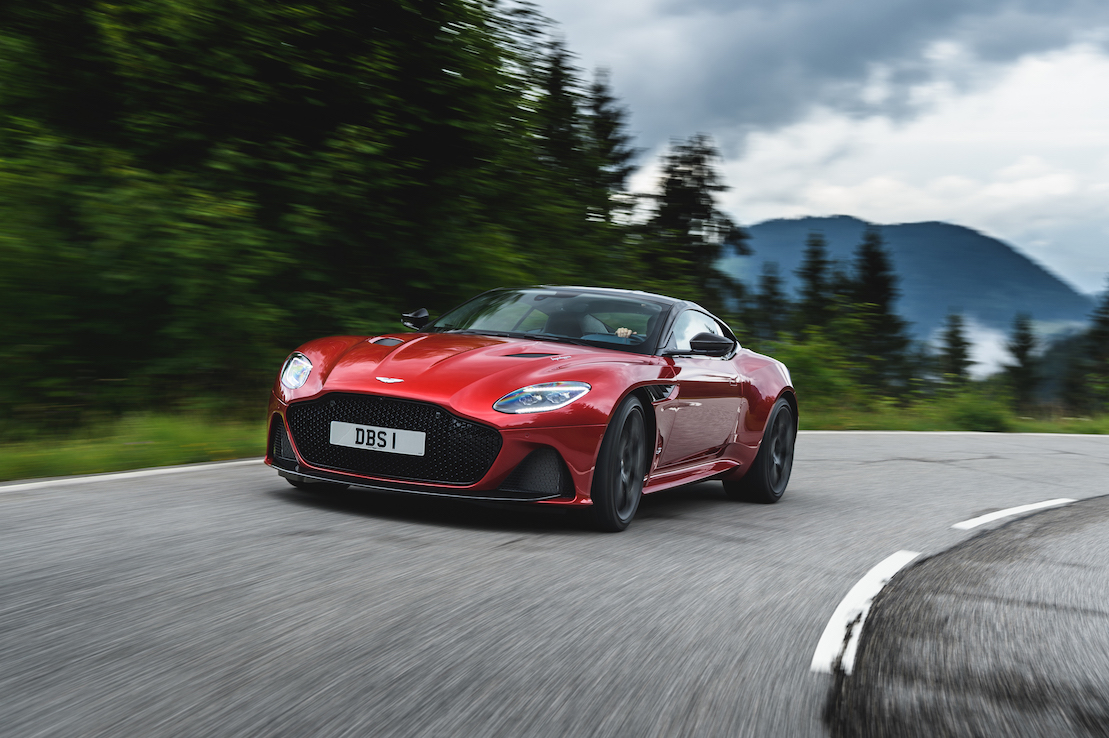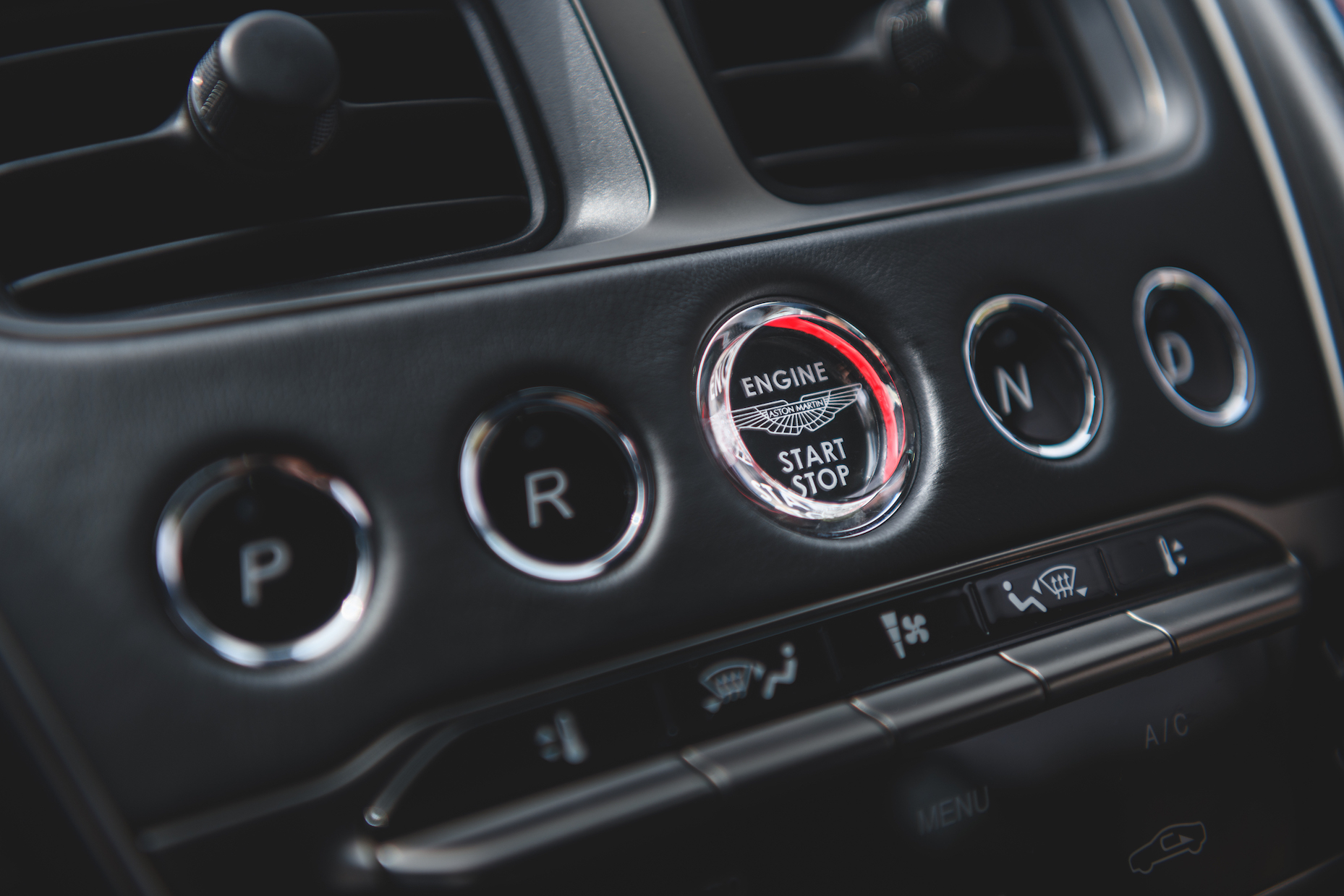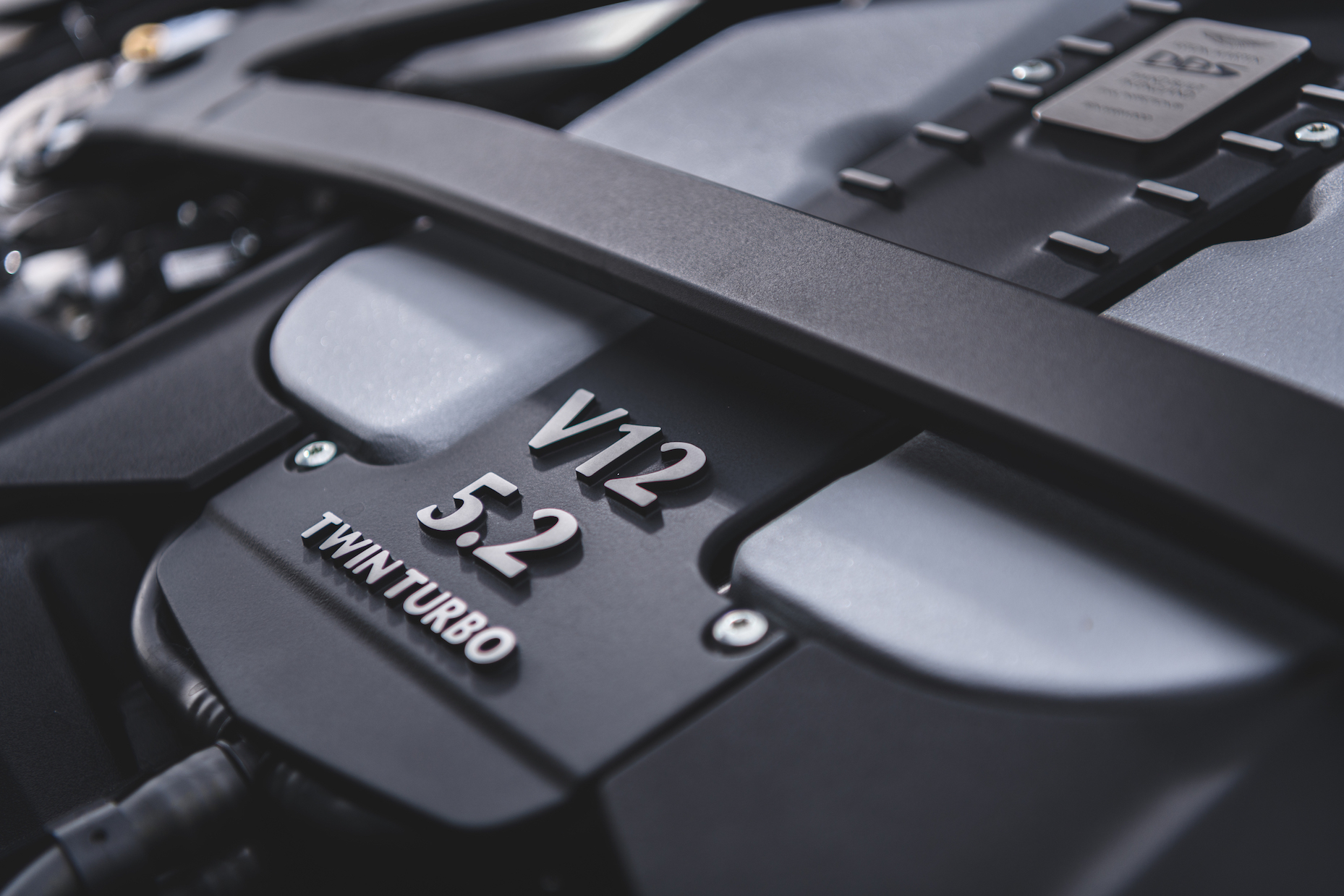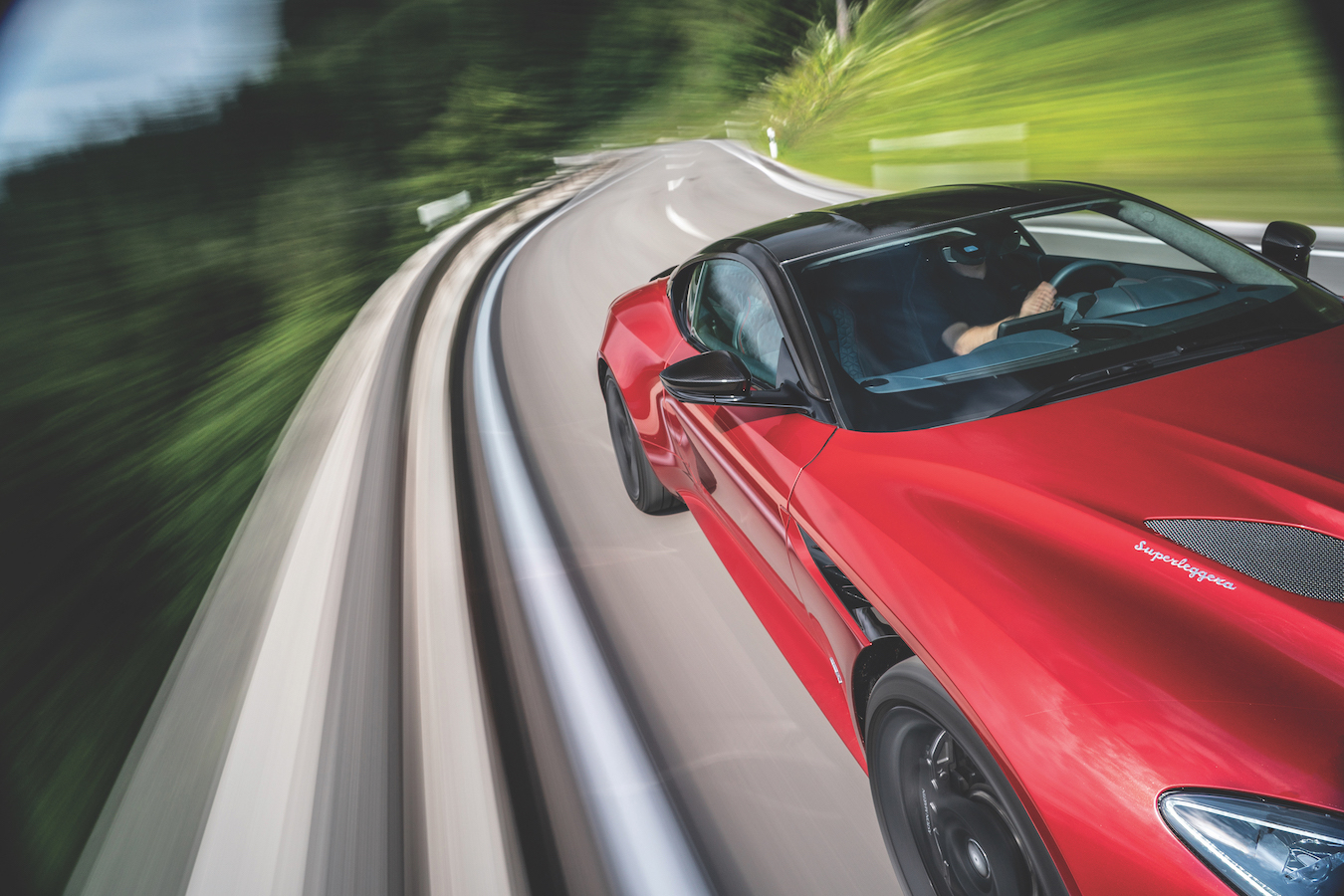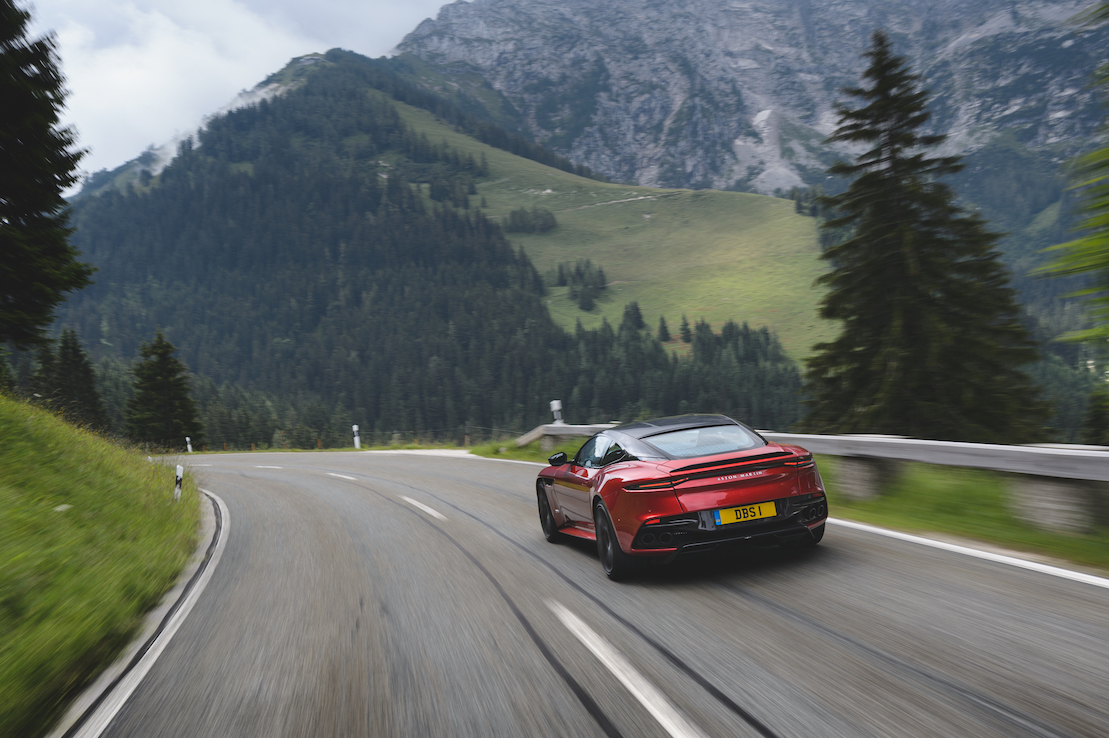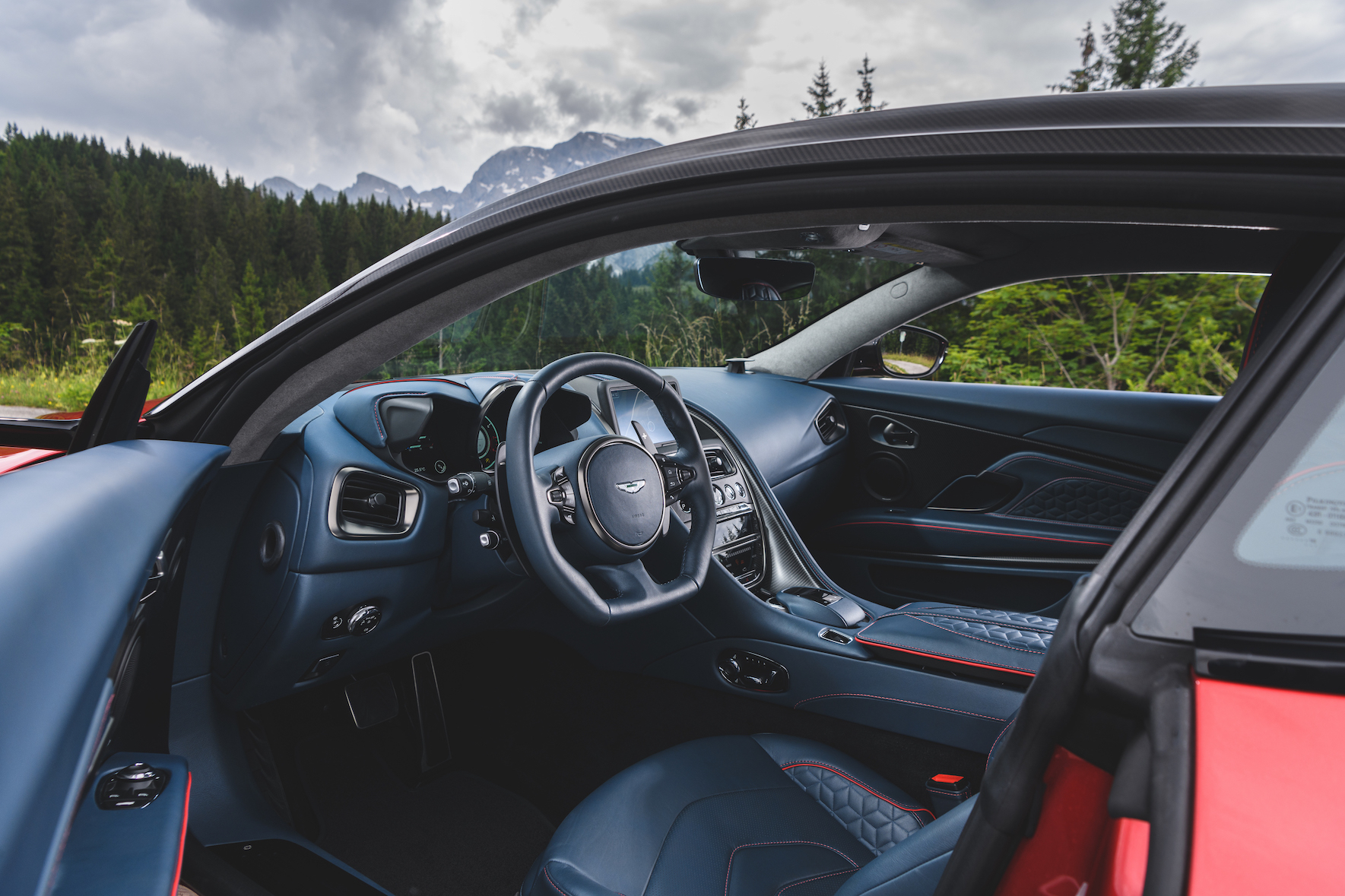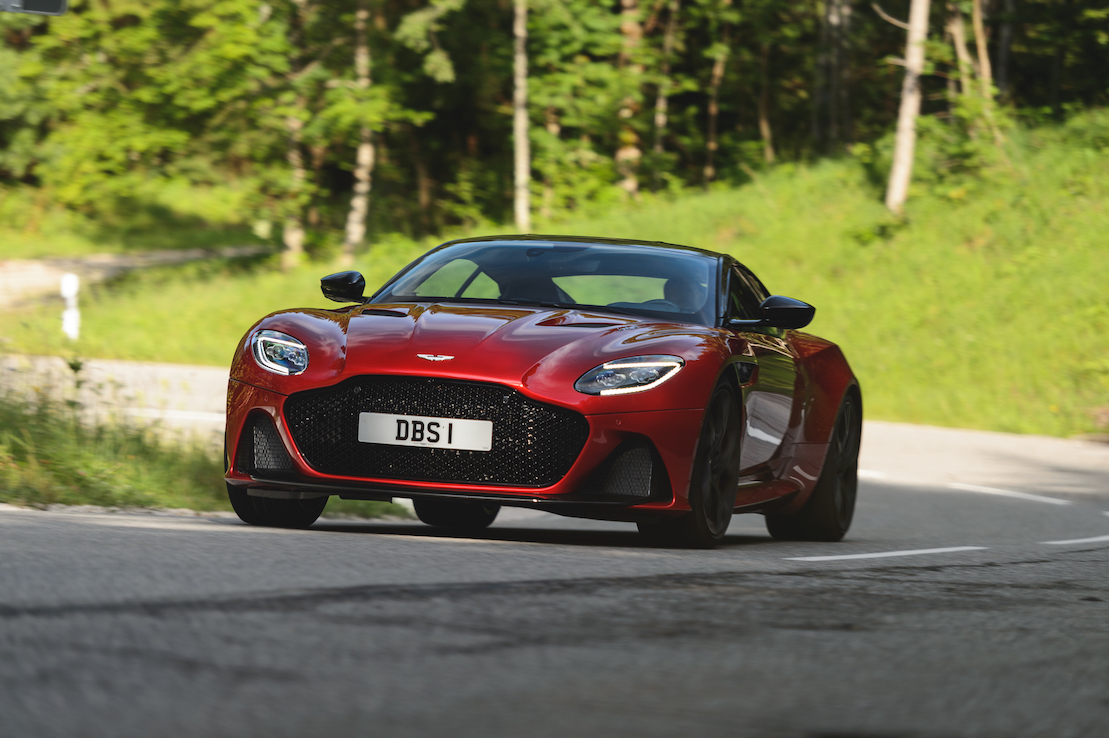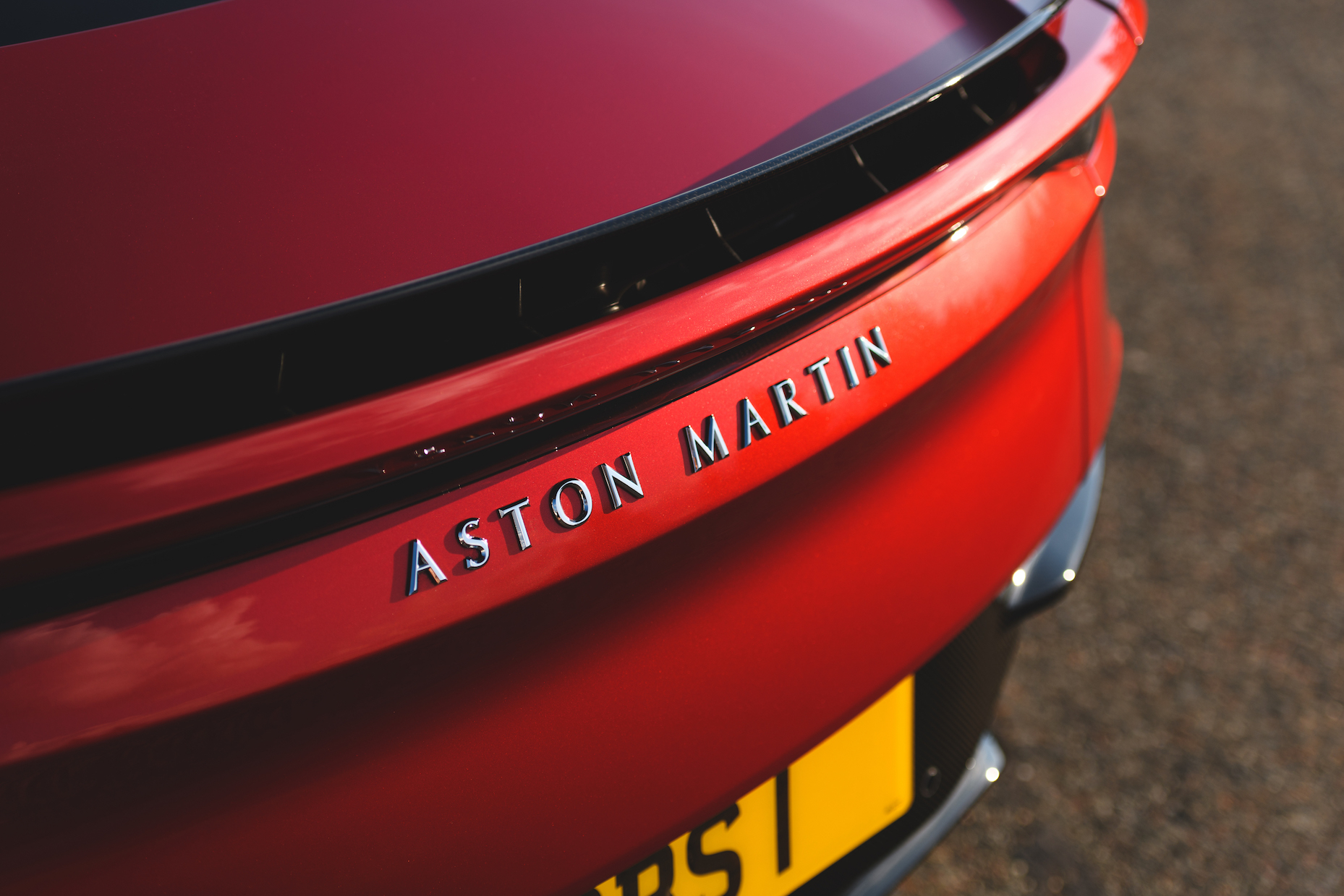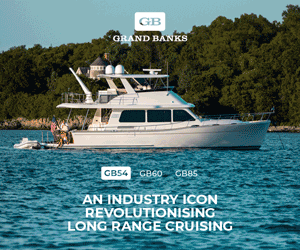Let there be light
You might think a car like the new Aston Martin DBS Superleggera would be in its element on the unrestricted German Autobahn, but it’s on the narrow Austrian B-roads that Damien Reid discovers this turbo-charged machine’s real super power.
Written by Damien Reid
22 October 2019
Austria in spring is pure driving heaven. It’s home to some of the most scenic views imaginable, found by a series of switchback mountain roads dotted with frequent villages that are perfectly spaced for coffee breaks.
Then if you time it right, you’re never very far from a nice stretch of unlimited-speed German Autobahn to really test a car’s legs.
Except of course if you’re driving the new Aston Martin DBS Superleggera.
With a bit of coaxing by some of the engineers at one of our coffee stops, I entertained the idea of opening the taps once over the German border to see what this twin-turbocharged, 5.2-litre V12 had on the unrestricted motorway.
His point was that with 533kW and an eye-watering 900Nm of torque from just 1,800rpm which revs to 7,000rpm, I’d appreciate not only the low down pull you’d expect but also the buzzing high-end revs.
Even on the outstretched Autobahns, I never found a piece of road long enough to take up his challenge. The DBS Superleggera pulls like a train and that 900Nm holds constant right through to 5,000rpm, but even then it pulls power to its redline. Yet at speeds that are three times the legal limit in most parts of the world, it was still hauling, its revs were still rising – and I was running out of road.
Our exit approached and it was back to urban reality for a brief spell where it slinked almost silently through the village like a cat sneaking up on its prey, before crossing back into Austria to hunt down those glorious mountain roads.
To put that in some kind of perspective, aside from having a zero to 100kmph time of 3.4 seconds and a top speed of 340kmph, the DBS will out-accelerate both the Ferrari 812 Superfast and the Porsche 911 GT2 RS for the all-important 50–160kmph haul in fourth gear. Holding the same gear, the Porsche does it in 5.1 seconds, the Ferrari in 4.9secs and the DBS in just 4.5 seconds.
So while the Autobahn thrash blew me away with its unending power surge, it was the DBS’s behaviour on the tight Austrian B-roads where its endless torque was truly staggering.
The usual country drive scenario of cars stuck behind a tractor or truck on a single lane was no issue. Indicate, set your sights and nail it. Job done and the time spent on the wrong side of the road is halved compared to most other sports cars.
With a near 50:50 weight balance thanks to a new eight-speed ZF transmission at the rear (exclusive to the DBS as it’s the only box that can cope with so much torque), the DBS’s giant radiator grille swallowed the bends up for breakfast – which is where the Superleggera badge comes in.
If you’ve heard the name Superleggera associated with another car brand somewhere else in recent times you’d be correct as it’s also used on the lightweight version of the Lamborghini Gallardo and Huracan.
As an Italian word for ‘super light’, it was used by coachbuilders, Touring of Milan in the 1950s for their special aluminium bodies they placed over modified Aston Martins Lamborghinis, Ferraris and Maseratis.
These days it has become a generic term for a lightweight Euro sports car from these manufacturers and the beautiful script on the hood of the DBS is exactly as Touring of Milan placed its badge on the early Aston DB4, DB5 and DB6 models. It’s now merely a tribute to the company’s history with Aston Martin.
There is near zero turbolag, no spooling up of power, no whistle from under the hood and just no indication of any kind that it’s a turbocharged engine. It pulls cleanly like a big, naturally aspirated car, so it’s easy to short shift and let that torque work for you, but also endless fun to let it wind out to its redline as well.
Choosing drive modes is a simple process of selecting two rotary dials on the steering wheel, so no endless point and click menus to wade through on a centre console screen.
The one on the left controls the dampers for comfort, sport or track and the one on the right does the same for the engine with a beautiful exhaust resonance when in the track-focused Sport + mode. And that’s all you need to find a perfect setting for any stretch of road.
Despite looking similar to the DB11, especially inside with a near identical interior, the AU$517,000 DBS has been tweaked to give more power and torque from the same V12, plus they have shaved up to 75kg through a mix of lightweight body panels, of which more than 80 percent are made from carbon fibre composite.
The carbon panels also allowed the team to play with the car’s dimensions, so that the rear arches are 20mm wider than the DB11 with an extra 10mm across the front, covering 21-inch wheels with standard carbon-ceramic brakes. The body is 35mm shorter overall.
So while it lives up to its Superleggera name and feels and drives markedly lighter than the DB11, it still tips the scales at just under a portly 1,700kgs.
Aston Martin is no doubt learning from its association with the Red Bull Formula One team as the new range, from the DB11 on, has developed some very cool aero tweaks not used by their competitors and this DBS takes it a step further.
Aside from bonnet vents which reduce lift by acting as outlets to extract hot air, it also uses an F1-style double diffuser underneath at the back. The best part though is an invisible rear wing that’s created by an air curtain at the far rear edge of the bootlid. Air is sucked through vents near the rear side windows, sent through the boot and expelled under pressure directly north to effectively create an invisible rear wing.
So not only does the ‘wing’ weigh nothing, it also helps the car achieve an overall downforce of 180kg at its top speed.
It’s a very real interpretation of the most modern Formula One technology making its way into production cars.




